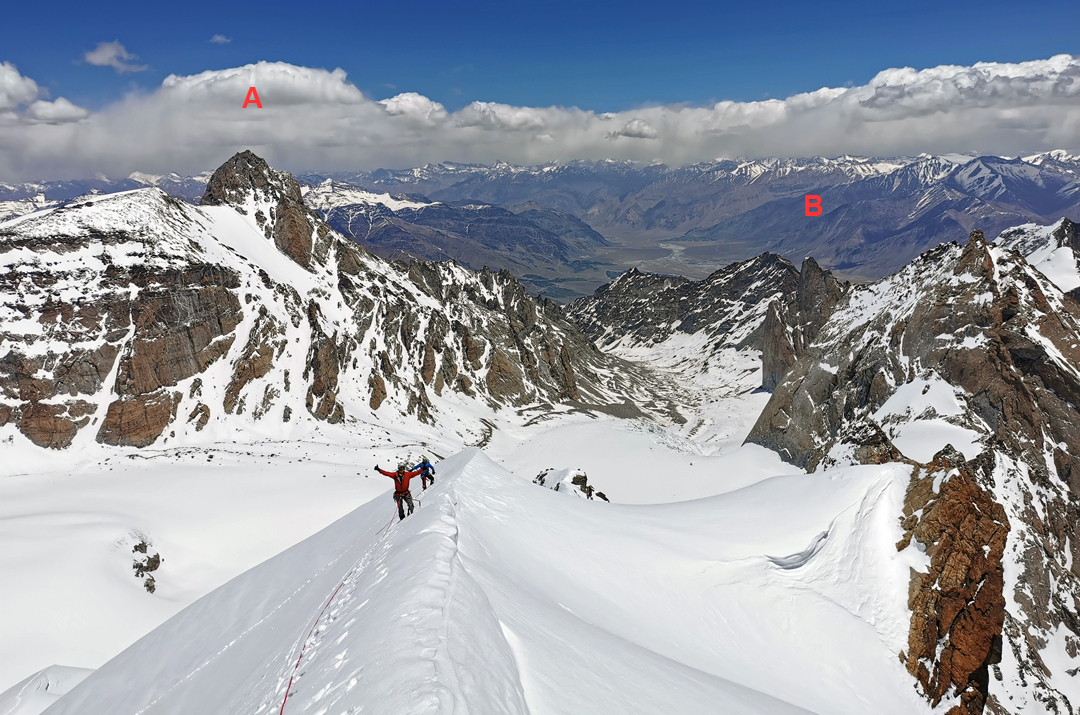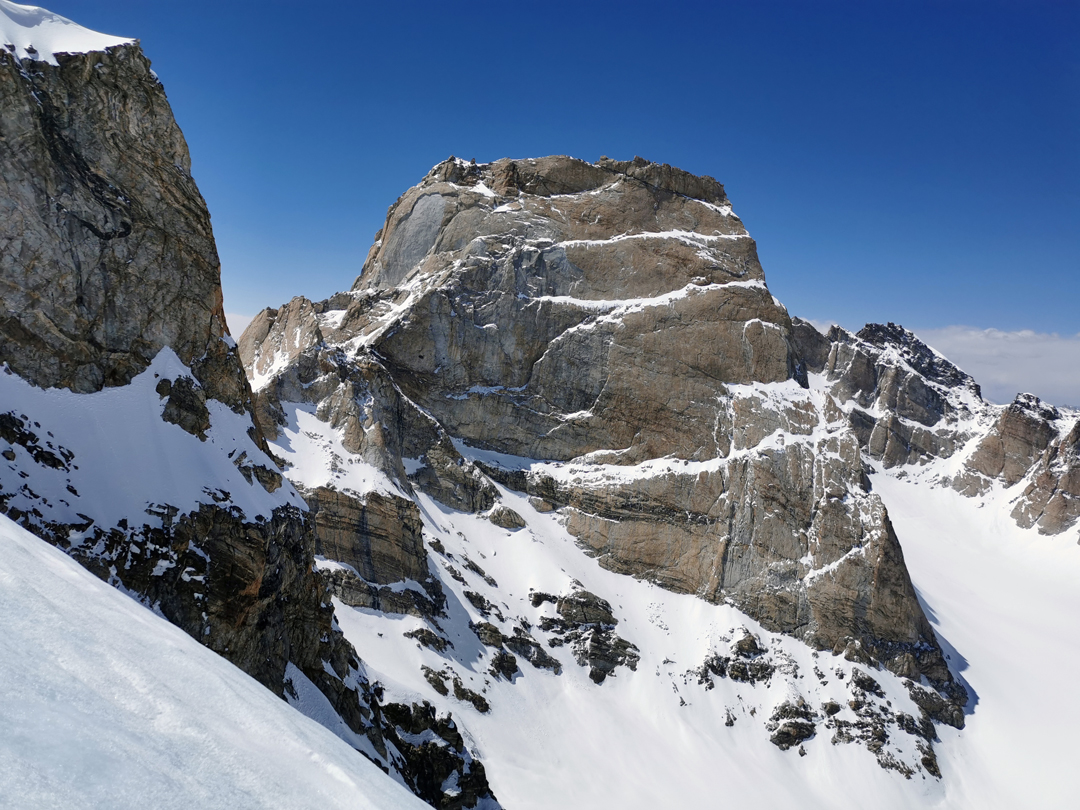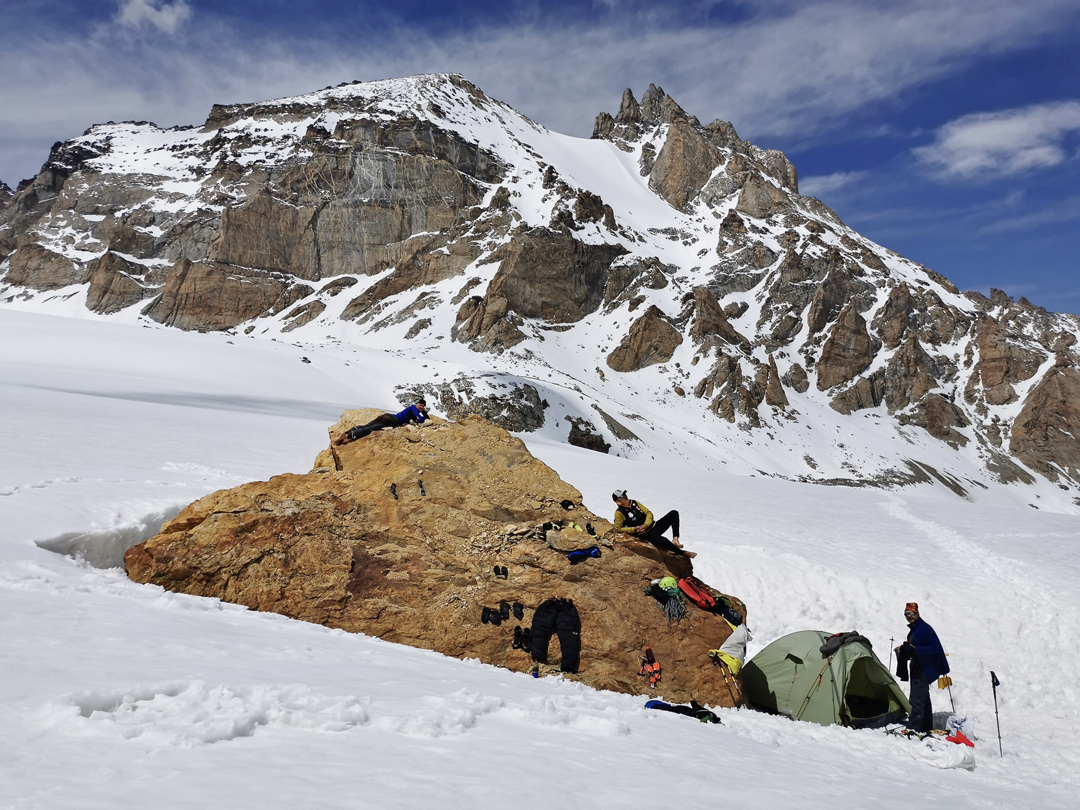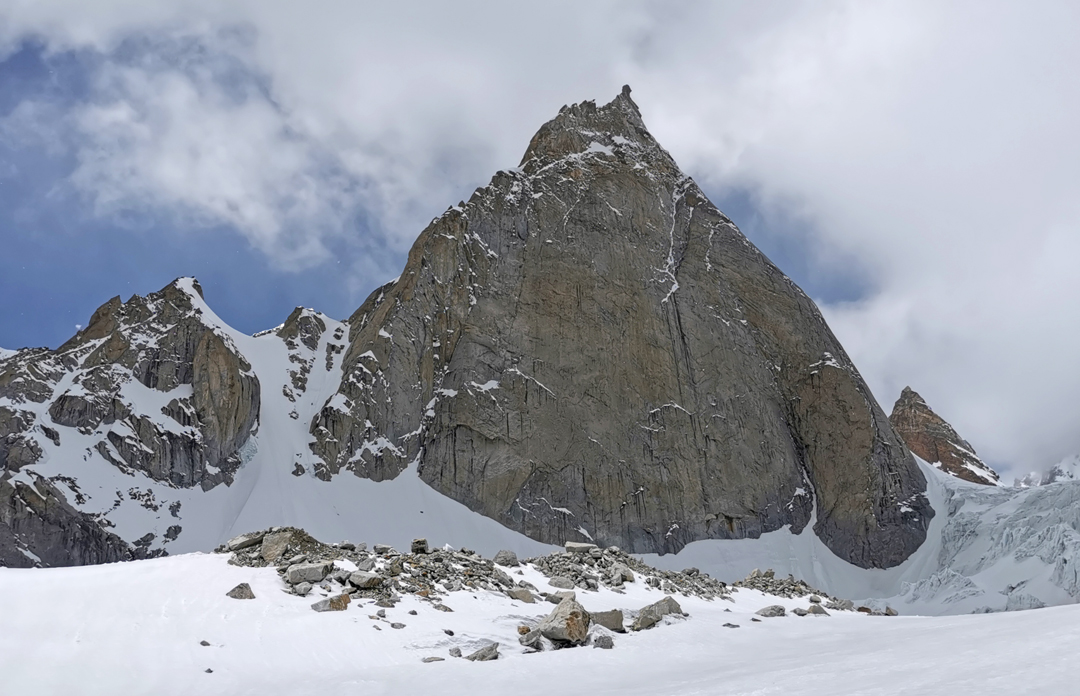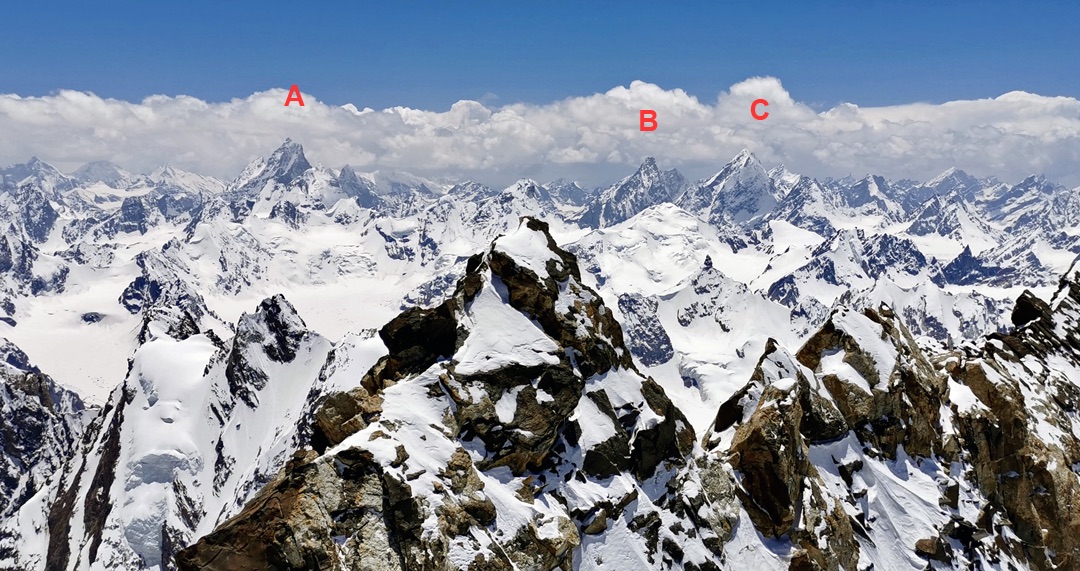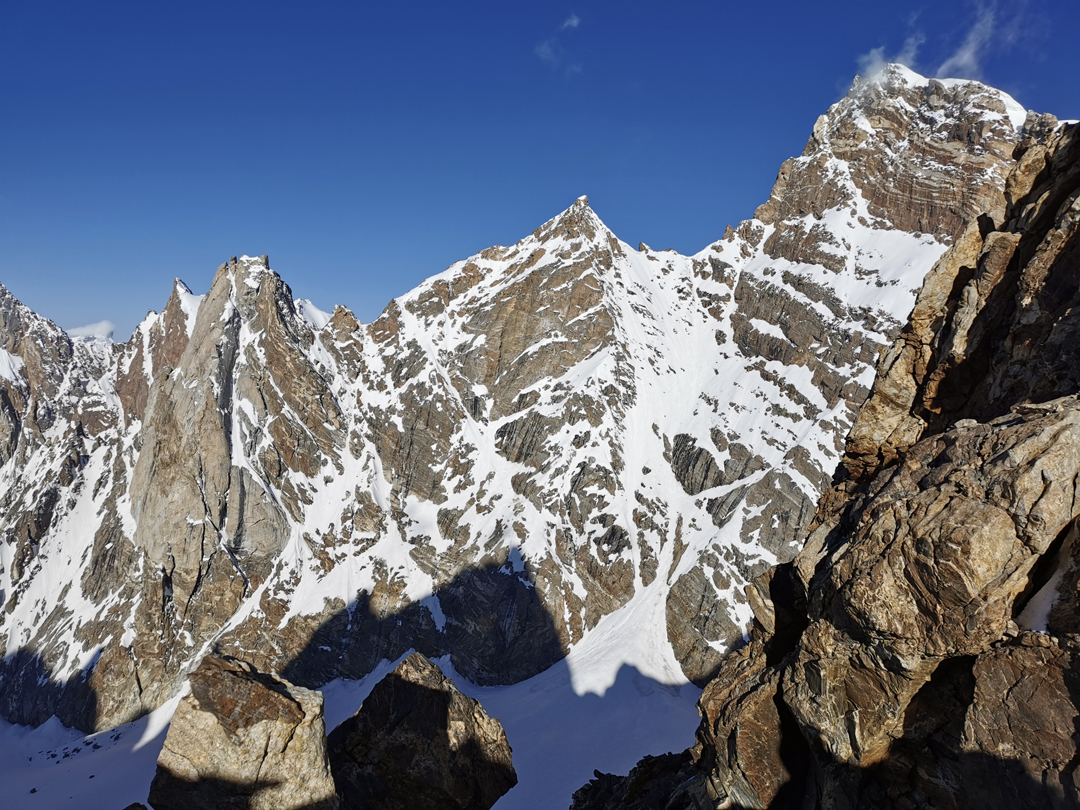Vajrayogni, Northeast Face and Northwest Ridge
India, Ladakh, Zanskar, Rangtik Tokpo
After the great fire of 64 A.D., the Emperor Nero built a vast complex on the Oppian Hill in Rome. The Domus Aurea (Golden House) was based on the architecture of an Egyptian temple and magnificently decorated with birds, animals, and flowers. Indeed, Nero modeled himself as a pharoah, making a bridge between the material and immaterial world. After Nero’s death, the Domus was considered a symbol of decadence, and within 70 years all traces of it had gone, canceled (in today’s parlance), filled in with earth, and completely forgotten.

In 1480, a young Roman, walking on Oppian Hill, fell through a hole and found himself in a strange cave surrounded by painted beasts, plants, and figures. Soon the great artists of Rome were being lowered into this part of the Domus on knotted ropes. For observers like Raphael and Michelangelo, the effect was both electrifying and profound.
In the West we have lost this ancient world with its diversity and metaphysical excitement. In our world, perhaps the calm, moderate life led by the majority can be balanced with the risk and conscious deprivation taken by a few. In today’s world of serial production, when not only objects are replicated but also meanings and images, the search for the genuine and untouched becomes so important. For an experienced mountaineer like myself, this means seeking little-known mountain regions, with charismatic unclimbed peaks and faces.
Zanskar attracted me because I had never visited the area and it is filled with unclimbed peaks. Various climbers I asked could not go, so I posted a short note on the Russian social network VK. In the end, four people accompanied me: Bayarsaikhan Luvsandorj, a Mongol; Maxim Perevalov, a Ukrainian; Mikhail Pupeiko, a Belarussian; and Denis Sushko, a Russian now living in Thailand. I had no idea how capable they would be.
I like mixed lines, so we planned to arrive in the Rangtik Tokpo in June, assuming this would be a good time for such ascents. After a short period of acclimatization, we split into two groups. Bayar, Mikhail, and I opted for Peak 6,095m (33°27’47.35”N, 76°42’13.47”E), in the southwest corner of the Rangtik Glacier, by a route of medium difficulty. On June 11, we climbed from bottom to top in seven hours along the northeast face and northwest ridge. The GPS read 6,218m on the summit, and across the glacier to the northeast, Remalaye (6,278m, H5 on the Sakamoto sketch map) appeared to be of similar altitude. We called the mountain Vajrayogini after an important figure of Tibetan Buddhism, and the locals did not object.
At the same time, Maxim and Denis attempted Peak 5,820m, which we dubbed Potala. They tried the west-northwest ridge from the col between Potala and Shawa Kangri but retreated early due to Denis feeling unwell; the food cooked at base camp by our staff was not suitable for any of our stomachs and we suffered.
I next wanted to try the first ascent of Chanrasrik Ri (a.k.a. Chareze Ri, 6,080m, H2 on the Sakamoto sketch map), between Vajrayogini and Shawa Kangri. It had been attempted in 2018 by Italian climbers, but they stopped short of the true summit. [This peak was climbed later in 2024; see report here.] On the 15th, we chose a mixed line of around ten pitches but had to retreat due to Denis’s health. There was no time for another attempt. I was impressed with the area and hope to visit in the future.
—Yuri Koshelenko, Russia


